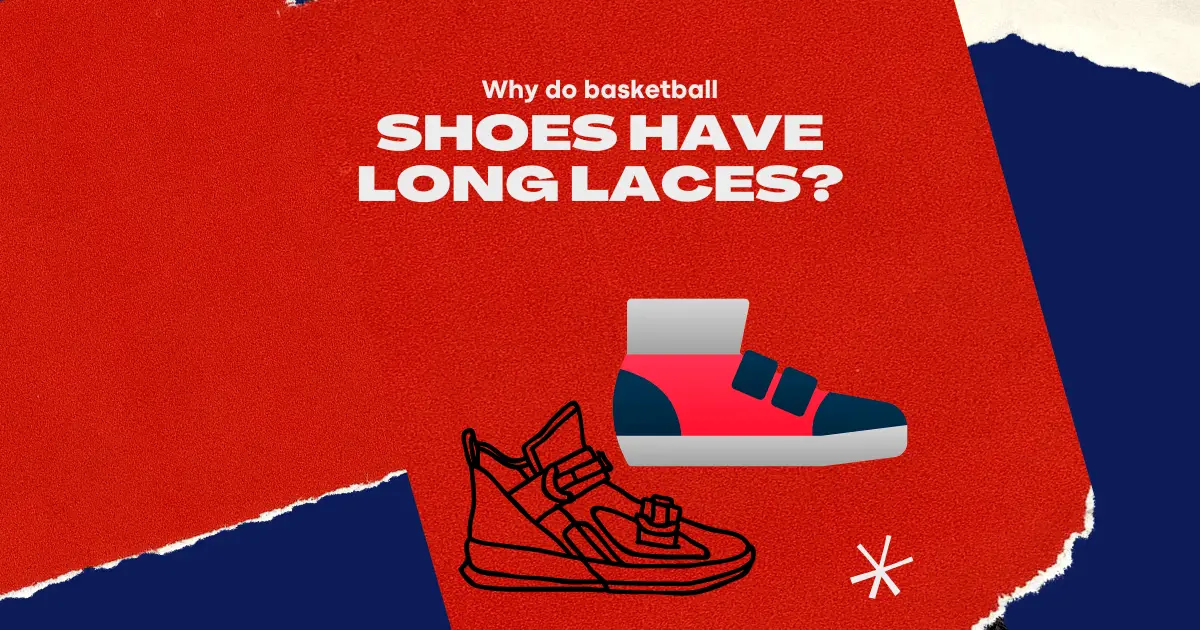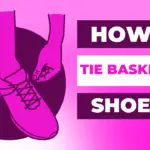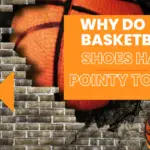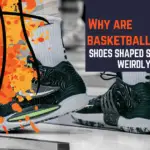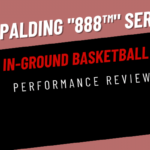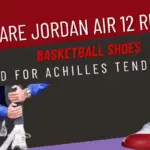The long laces on basketball shoes serve an important purpose. Without them, the shoe would not provide nearly the same level of support, comfort, or stability.
Fit: They need to provide a snug fit so the player can make quick movements without their shoes falling.
Movement: The long laces allow for a greater range of movement, which is important for making jump shots and other moves that require lifting the foot off the ground.
Support: The long laces provide support around the ankle, which is necessary for preventing injuries.
How Long Should Basketball Laces Be?
Ideal Basketball Laces Length:
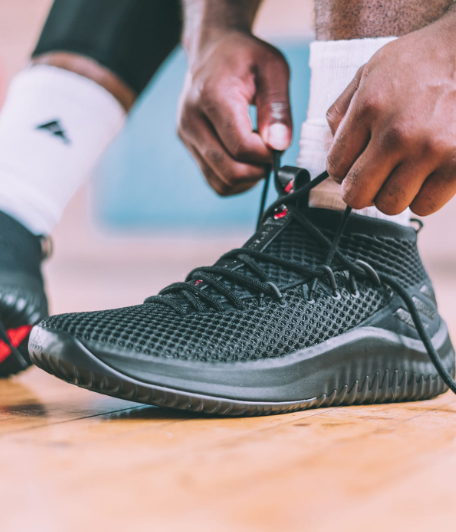
The ideal length for basketball laces is around 36 inches. This will allow you to tie the shoes securely without worrying about the laces being tangled or undone. It is also a good idea to have a few extra inches of lace so that you can adjust the fit if needed.
If you find that your basketball shoes have too long laces, you can always trim them down to the perfect size. Just be sure not to make them too short, as this could make it difficult to tie the shoes properly.
The Benefits Of Long Laces:
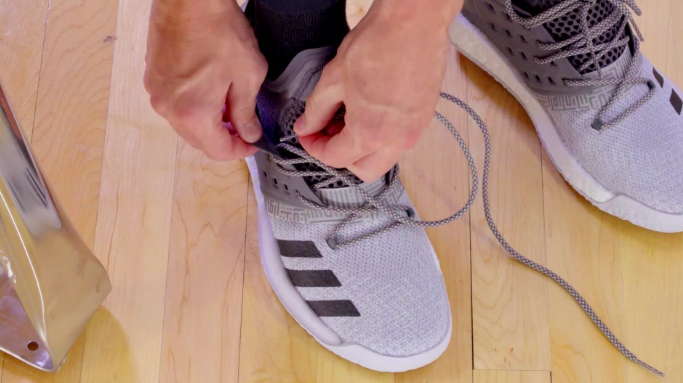
Long laces give the player more control over their foot movement. They can tighten or loosen the laces as needed, which gives them more stability when making sharp cuts or changes in direction. They also provide more support for the ankle, which can help prevent injuries.
Long laces are a beneficial feature of basketball shoes. They help the player have more control over their foot movement. This can lead to better performance on the court and fewer injuries.
The Drawbacks Of Long Laces:
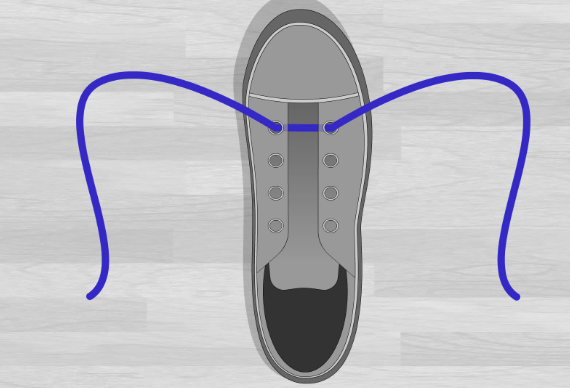
They can get in the way and be a tripping hazard. They can come undone and get tangled if they’re not tied tightly enough. And if they’re too tight, they can be uncomfortable.
How Do You Deal With Long Shoelaces If You Don’t Want To Cut Them?
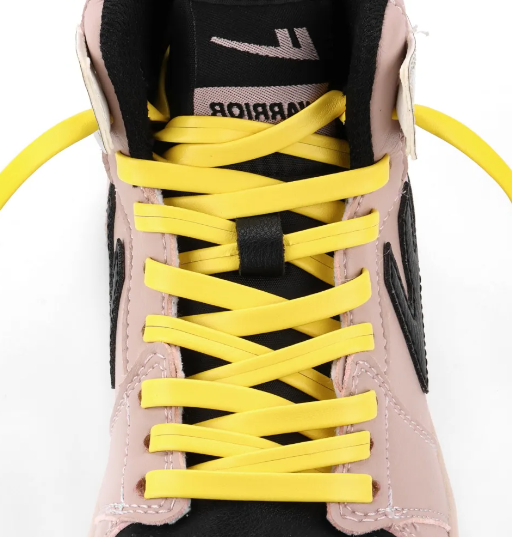
Tuck them into the shoe. This will keep them out of the way and prevent them from getting tangled.
Double knot the laces. This will make them shorter and easier to manage.
Which Is Better: Flat Shoelaces Or Round Shoelaces?

Flat shoelaces are the best for basketball shoes because they provide more stability and support than round ones. Flat shoelaces are less likely to come untied and stay in place better than round ones. In addition, flat shoelaces provide more contact with the shoe, which helps to distribute pressure evenly across the foot.
Is There A Way To Tie Too-Long Laces?
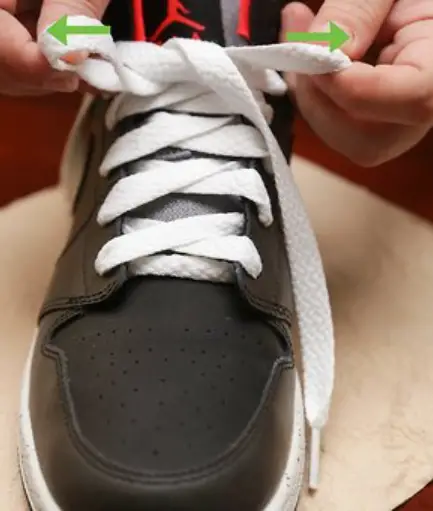
Yes, there is a special way to tie long shoes and laces. This method is called the “surgeon’s knot,” and it makes sure that your laces stay tied all day long.
- To tie the surgeon’s knot, start by threading one lace over the other.
- Take the end of the lace in your left hand and make a small loop.
- Take the end of the right lace and put it through the loop.
- Pull both laces tight and double-knot them for extra security.
How To Lace Basketball Shoes?
The Standard Lacing Method:
The standard lacing method is suitable for most people. Thread the laces through the eyelets on the side of the shoe closest to your ankle. Alternate between crisscrossing the laces over the top of the shoe and going under the tongue. Finish by tying a knot at the top of the shoe.
Heel Lock Method:
If you have a high arch, you may find it more comfortable to use the “heel lock” method. Start by threading the laces through the eyelets on the side of the shoe closest to your ankle. Then, thread them under the top two pairs of eyelets, crisscrossing the laces over your ankle. Finish by tying a knot at the top of the shoe.
Conclusion:
Long laces provide support and stability for the player, as well as giving the player flexibility in how they tie their shoes. They can help to keep the foot from slipping inside the shoe during play. All of these factors come together to help give the player an edge on the court.

Clyde Jackson III is a basketball coach and the founder of GCBC Basketball, a basketball-related learning and informational website that focuses on helping young players develop their skills on and off the court. With over 15 years of coaching experience, Clyde has worked with players of all ages and skill levels, from beginners to professionals.

